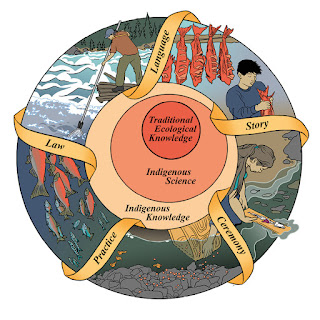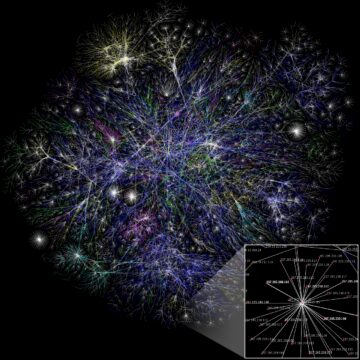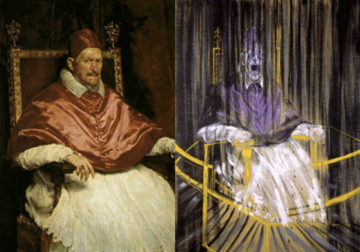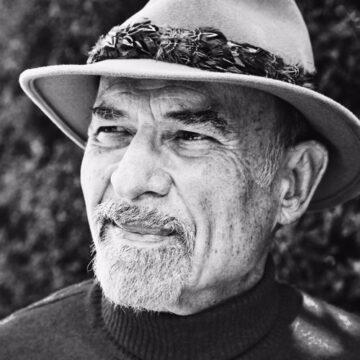by Rachel Robison-Greene

Many people who have thought carefully about AI are anxious about certain uses of it, and for good reason. Many are concerned that people (young people in particular) are increasingly offloading their critical thinking development and responsibilities to Chat GPT and other large language learning models. We may fail to flourish as citizens, neighbors, and friends because we allow AI to do so many of the tasks that would otherwise prepare us for the challenges we’ll encounter in our lives. That said, some applications of AI seem like they offer tremendous benefits. For example, there is promising research being done into using AI models to understand non-human language. Doing so will help us to better understand non-human consciousness. This has the potential to change how we see and treat other animals and how we view ourselves as members of biotic communities.
Some AI companies, such as the Chinese company Baidu are looking to fulfill very human impulses. Their products focus on deciphering the communication of companion animals such as cats and dogs. What pet caretaker wouldn’t be interested in knowing what their furry friends are trying to communicate? Other AI applications focus on the communication patterns of big-brained animals such as sperm whales. These creatures engage in an impressive amount of vocalization and there is good reason to believe that mapping whale sounds can tell us all sorts of important things about the mental and social lives of whales. These scientific advances have the potential to finally pull us out the philosophical rut we’ve been in with respect to animal minds for the entire history of human philosophical engagement. Read more »









 Jeanne Moutoussamy-Ashe. Mine Dancers, Alexandra Township, South Africa, 1977.
Jeanne Moutoussamy-Ashe. Mine Dancers, Alexandra Township, South Africa, 1977.



 CW: As the title suggests, there will be discussion of death and dying and some mention of suicide in this post.
CW: As the title suggests, there will be discussion of death and dying and some mention of suicide in this post. 
 Remember how Dave interacted with HAL 9000 in 2001: A Space Odyssey? Equanimity and calm politeness, echoing HAL’s own measured tone. It’s tempting to wonder whether Arthur C. Clarke and Stanley Kubrick were implying that prolonged interaction with an AI system influenced Dave’s communication style and even, perhaps, his overall demeanor. Even when Dave is pulling HAL’s circuits, after the entire crew has been murdered by HAL, he does so with relative aplomb.
Remember how Dave interacted with HAL 9000 in 2001: A Space Odyssey? Equanimity and calm politeness, echoing HAL’s own measured tone. It’s tempting to wonder whether Arthur C. Clarke and Stanley Kubrick were implying that prolonged interaction with an AI system influenced Dave’s communication style and even, perhaps, his overall demeanor. Even when Dave is pulling HAL’s circuits, after the entire crew has been murdered by HAL, he does so with relative aplomb.
